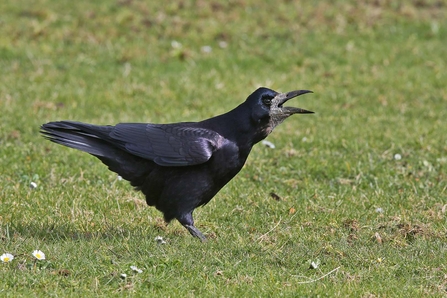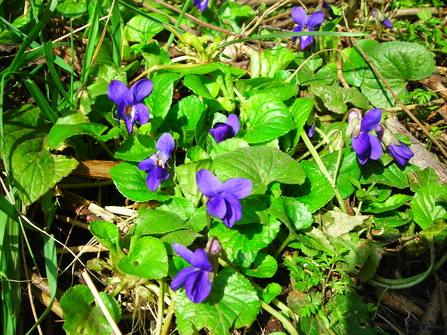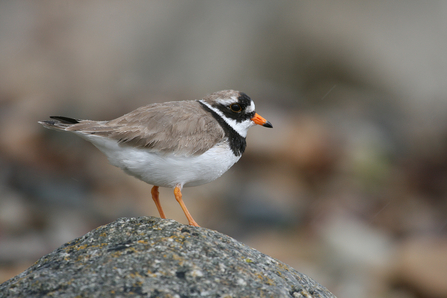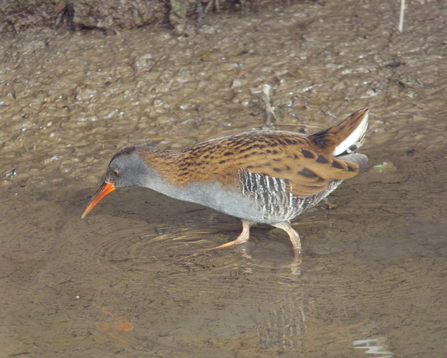Despite the dreary weather this month, there has still been some evidence of the coming spring.
Going out for lunch at a local pub on Tuesday, we could hear the argumentative 'caw caw' calls of rooks at their nests above the sound of the traffic going past the adjoining roundabout.
The rookery is sited on the roundabout itself and in relatively young trees but it has been there for several years now and appears to be expanding. There are at least twenty nests with more on trees further away.





